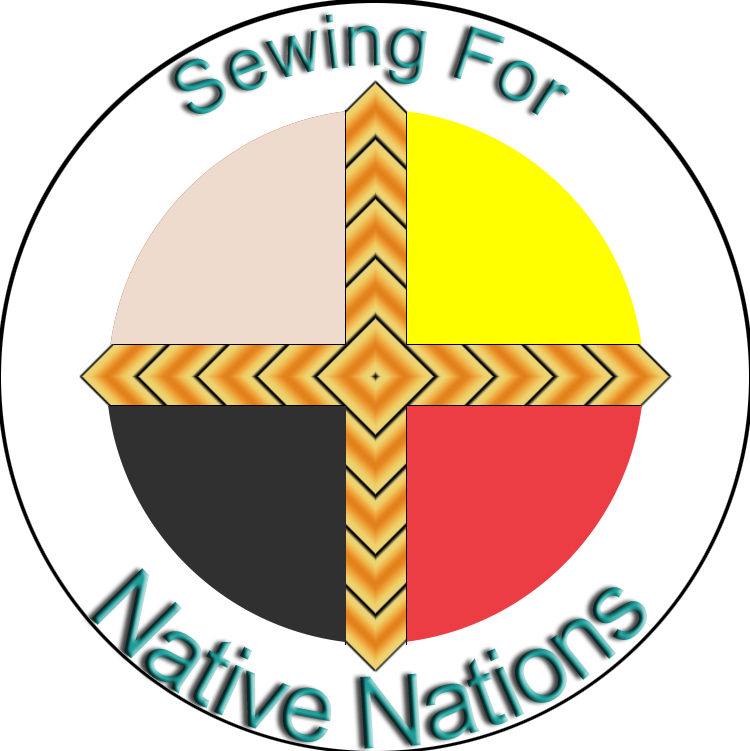For a downloadable PDF of these guidelines, please click: Culture-PDF.
Thank you so much for coming here. There have been many questions about what types of prints are appropriate – or not appropriate – for First Peoples.
We recognize that religion and beliefs will vary from Tribe to Tribe and Person to Person, and we tried to make this list fairly inclusive. However, this is a list of general guidelines; many tribes have different associations with what would be considered taboo in the way of fabric.
This is NOT by any means a guide to reject fabric. On the contrary, we get many requests, such as migrant workers, schools, special-needs, homeless communities, even first responders, etc. Any questionable fabrics may be used for non-native requests. These are our guidelines designed to assist you with some of the questions you might have regarding Native Culture and what patterns you may want to avoid.
These are ONLY GUIDELINES, as many tribes have different associations with what would be considered taboo in the way of fabric.
This is NOT by any means a guide to reject fabric. On the contrary. We get many requests, such as migrants, schools, special-needs, homeless communities, even first responders, etc., and any questionable fabrics may be used for non-native requests. These are our guidelines designed to assist you with some of the questions you have had about Native Culture and what patterns you may want to avoid.
The following is our own list of things to avoid for Native Tribes (generalization)
- Teepees
- Feathers
- Headdresses
- Dream catchers
- Anything that could be considered racist – swastikas, Confederate flag (battle flag or other), etc.
- Crosses, Menorahs – or any religious symbol
- Egyptian symbols
- Solid Black (patterns on a black background are OK)
- Reptiles (including snakes, lizards, dragons, dinosaurs.)
- Kokopelli
- Trickster
- Canines (fox, wolf, dog, coyote)
- Arrows (or bullets, or anything used to take lives)
- Bones (anything dead, really, including extinct species)
- Skulls
- Owls, Crows, Ravens (black birds), Vultures
- Eagles and hummingbirds are OK.
It is important to remember that there are very diverse cultures across America.
¨ While skulls are generally not allowed, some Communities celebrate the Day of the Dead with skulls, and fabric with skulls, bones, sugar skulls, etc.
¨ While Turtles are reptiles, some Nations consider Turtle Island sacred, and turtles might be worn in those communities.
It is important for you to remember that this is a GENERALIZED LIST that we have created on our page to give you a guideline. We can use many, many fabrics around the native communities that still have high numbers of native requests around them. If you have a question about the fabric choice you are making, please reach out to us! We do not like to turn away masks when the need is so great! You can reach out to our sewing advisors, and they can guide you or reach out to us at our email at SewingAdvisor@SewingForNativeNations.org.
Blessings,
Admin Team
